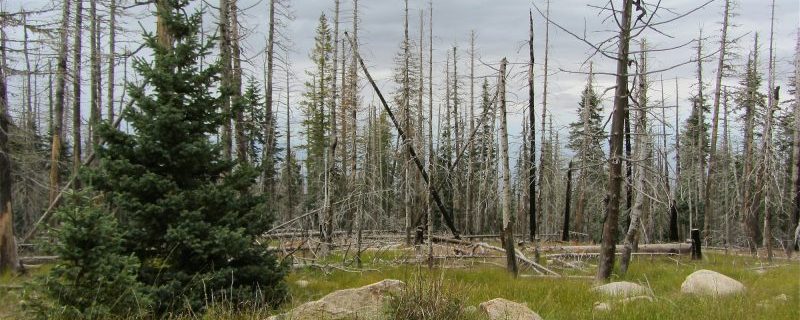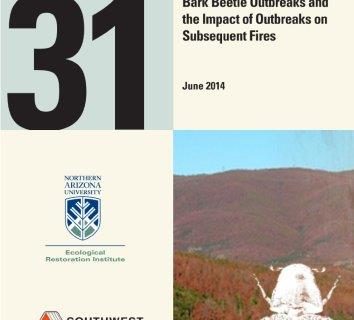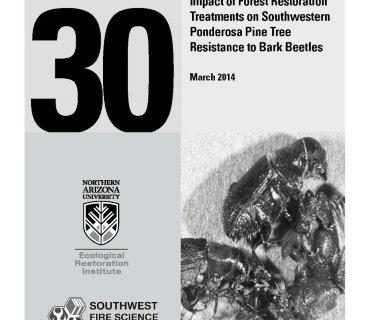September 17, 2014: Fire management in the Gila National Forest and Saguaro National Park
Presenter: Molly Hunter – Northern Arizona University Fire suppression has been the dominant fire management strategy in the West over the last century. However, managers in the Gila National Forest and Saguaro National Park have allowed fire to play a more natural role for decades. In a newly published report, we summarize the effects of …



